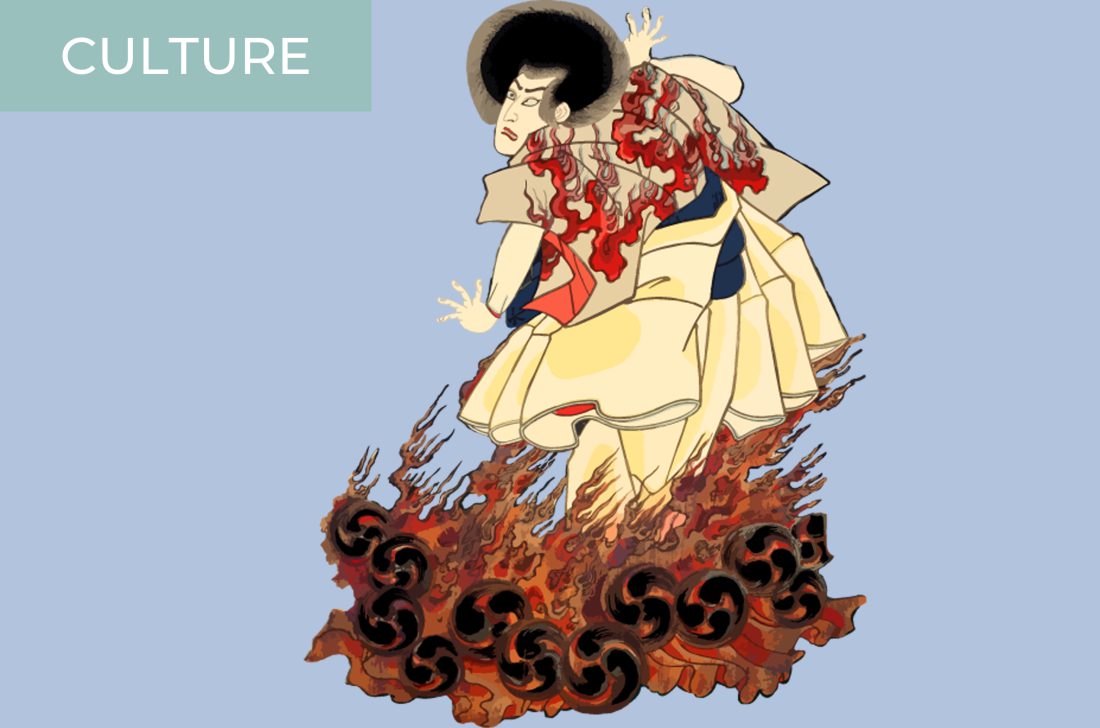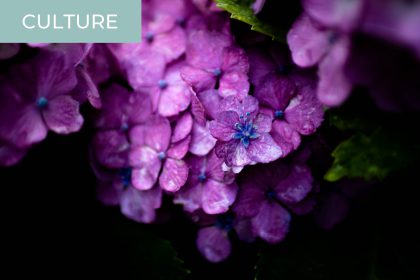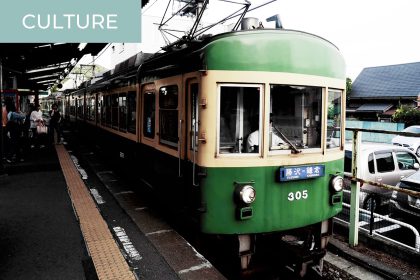The Edo period (1603-1868) – what do you associate with that Japanese time period? What do you see in your mind’s eye? Perhaps Edo Castle and the romantic image of a city built of wood and paper? Maybe you also see the elegance and ostentatious lifestyle of wealthy citizens, mysterious seductions from the world of geishas, teahouses, and exquisite taste. Of course – after all, the color woodblock prints of the Edo period show precisely that.
Read on to discover a significant part of the Edo culture that has been left aside.
This article was kindly provided to Kokoro Media by our partner, the German-Japanese Association in Munich (Deutsch-Japanische Gesellschaft (DJG) München), and was initially published in the association’s newsletter, Kaiho November/December 2022. The article was originally written by Dr. Evi Hallermayer-Jahreiß, on her blog Kunst aus Japan. Japan art alive. Translated from German to English for Kokoro Media by Jeanne-Rose Therre-Ohlig.
Large Parts of Edo Period Culture Were Omitted
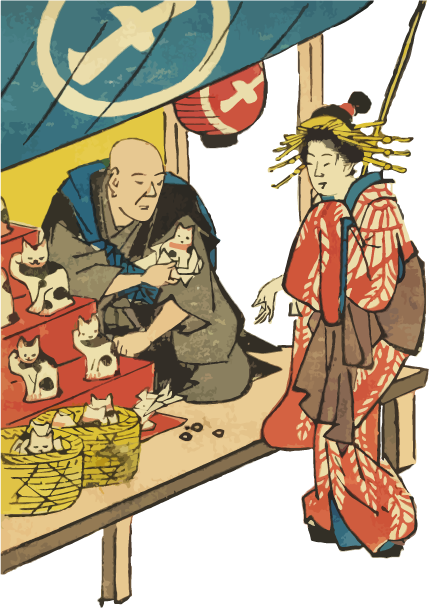
The historians and intellectuals of Japan cast a very specific spotlight on the Edo period. In their studies, they almost completely omitted the culture of those days until the middle of the 20th century and beyond. “One” did not concern oneself with tawdry Edo trash, at least not anyone who was historically self-respecting. Large parts of Edo culture were not even considered culture but an expression of rude, vulgar human banality. Sounds strange? Not necessarily. So what is it about this Edo period?
Brevity is the spice – yet I will hardly succeed in elaborating more than a few thematic morsels here to whet your appetite for the Edo period and its forms of artistic expression in the best case. The Edo period is a particular time in many respects. It unites the greatest social contrasts in a fertile field of tension.
A period of Political Tensions and Social Discontent
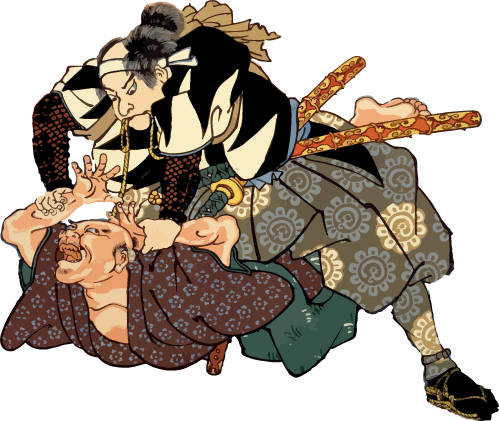
Historically, some aspects stand out that ultimately also influenced art and craft. In the Edo period, for example, we look at – 250 years of extensive peace – the partial isolation of Japan from the outside world (sakoku) – the flourishing of the cities – the economic success of craftsmen and merchants, especially in Edo. But we also speak of – the prevalence of a strictly hierarchical Confucian system of estates (samurai as the highest estate, followed by peasants, craftsmen, and merchants) – anti-luxury laws that regulated the way of life of the individual estates (ken’yakurei) – the economic decline of the samurai.
While the former aspects fuelled Japan’s cultural flourishing, the latter were the cause of political tensions and social discontent. Peace and the concentration on one’s own cultural values made possible the cultural upswing that also reached the broader population. The bourgeois, in particular (the craftsmen and merchants), became the driving force behind art and culture. They were doing very well, especially in Edo, which was always greedy for luxury goods. So far, so good, but here comes the problem. The samurai, of the highest order according to the Confucian system, found themselves in a financial crisis (warriors without war). Worse still, they fell into debt with the merchants and became dependent on them.
A Rebellious Lust for Life
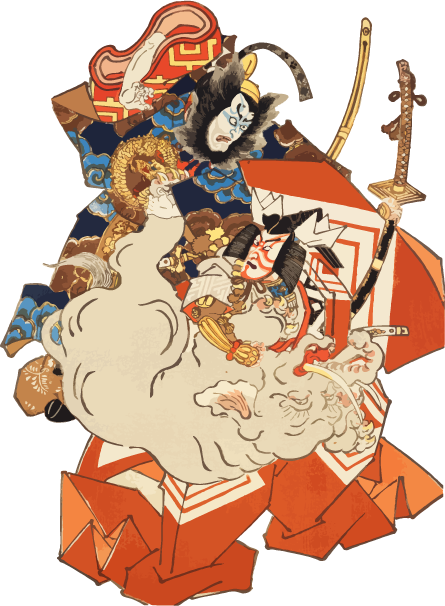
The Shogunat took various measures to stop this reversal of the system of estates, as it undermined the political and moral order. It enacted increasingly strict laws that curtailed the citizens’ entire way of life. Political participation was also not allowed. But the citizens had money, they wanted to live, and they did, in defiance of all the anti-luxury laws and all the threatened punishments. They visited the frivolous Kabuki theatre, which celebrated luxury or indulged in the pleasure quarter (Yoshiwara) with geishas and courtesans. Frustration at the curtailment of their lives was followed by a rebellious lust for life. But basically, they wanted one thing – freedom.
We also see all this in art, especially in “the medium” of bourgeois culture, the woodblock print. Ukiyo-e, the images of the floating world, is the medium of rebellion, at least in large parts. They show the glamorous life of the bourgeois, the frivolous Kabuki theatre, elaborately dressed courtesans, geishas, or dapper ladies. But they also show scenes from Yoshiwara; they show revelry and debauchery as they happen in the lives of ordinary townspeople.
So are we talking about Edo trash after all? Well, perhaps we call it something else. Color woodblock prints, but also other artistic forms of expression of the Edo period, reflect the unbridled attitude to life of their time: an attitude similar to “sex, drugs, and rock’n’roll,” the urge for emancipation, rebellion, and freedom.
You can find the entire essay in German on the topic at www.kunst-aus-japan.de.

